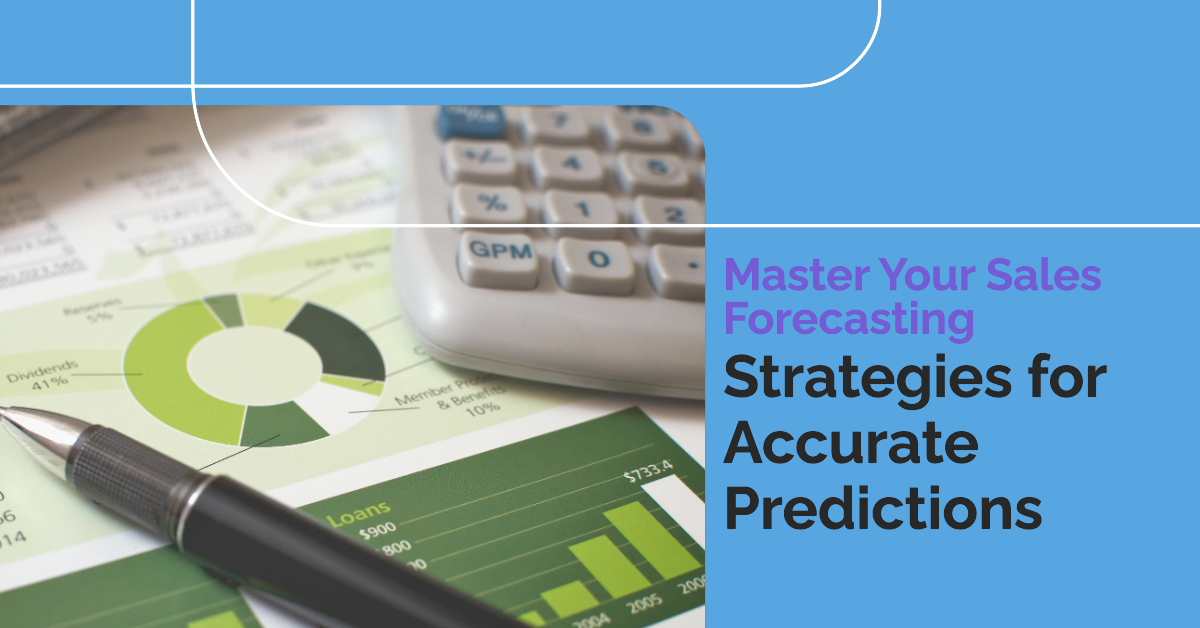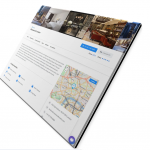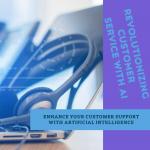
Mastering Sales Forecasting: Strategies for Accurate Predictions
Introduction
Sales forecasting is both an art and a science. Accurate predictions are crucial for business planning, resource allocation, and growth. In this blog post, we'll delve into strategies that sales managers can use to master the art of sales forecasting and make more informed decisions.
1. Data-Driven Insights
The foundation of accurate sales forecasting is data. Utilize historical sales data, market trends, and customer behavior analytics to gain insights. Modern analytics tools and machine learning can assist in identifying patterns that may not be apparent through manual analysis.
2. Collaborative Forecasting
Collaborative forecasting involves input from sales reps, marketers, and other relevant teams. Their insights provide a holistic view of the sales pipeline. Collaborative forecasting can also help align sales goals with overall company objectives.
3. Scenario Analysis
The future is uncertain, but scenario analysis can help mitigate risks. Create multiple sales forecast scenarios based on different assumptions. This allows for better preparedness when faced with unforeseen challenges or opportunities.
4. Technology and Automation
Leverage advanced technology, including CRM systems and AI-powered tools, for more accurate and efficient forecasting. These technologies can analyze vast datasets in real-time and provide forecasts that adapt to changing market conditions.
5. Continuous Evaluation and Adjustment
Sales forecasting is not a one-time task. Regularly evaluate your forecasts against actual results and make necessary adjustments. This iterative approach ensures that your predictions become more accurate over time.
Conclusion
Mastering sales forecasting is essential for effective decision-making in sales management. By embracing data-driven insights, collaborative forecasting, scenario analysis, technology, and a commitment to continuous improvement, sales managers can achieve more accurate predictions and drive business growth.




